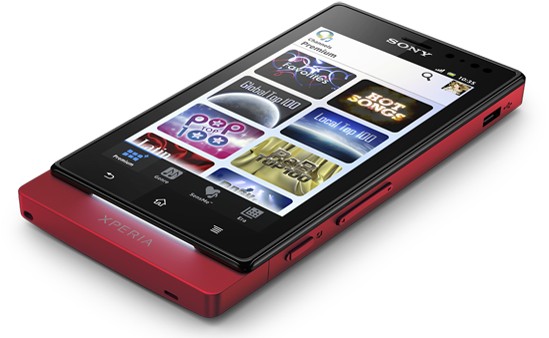Sony Xperia sola’s floating touch demystified

If the newly announced Sony Xperia sola’s floating touch input seems a bit too sci-fi, you might be surprised to find out that this bit of smartphone magic relies on technologies already commonplace in modern handsets. We are all familiar with multi-touch capacitive displays. In this type of display, mutual capacitance is utilized to plot the location of multiple input points on an X-Y grid of electrodes positioned below the surface of the screen. With floating touch — a technology that can read the location of a user’s finger as it hovers over the display — a second type of capacitive sensor is required, one which relies on self capacitance.
The electrical field generated through self capacitance is much larger than that of mutual capacitance and can register an input point up to 20mm from the surface of the display. The downside is that self capacitance cannot adequately detect multi-touch due to an artifact known as “ghosting.” Given the strengths and weaknesses of each technology, the team behind the Xperia sola relied on a combination of both to come to the almost mystical floating touch input found in the handset.
You can find out a bit more about the nitty-gritty technical details at an excellent blog post over on Sony’s developer portal. It’s definitely worth a read especially for devs interested in utilizing the new interface technology in games and applications.
[via AndroidCentral]